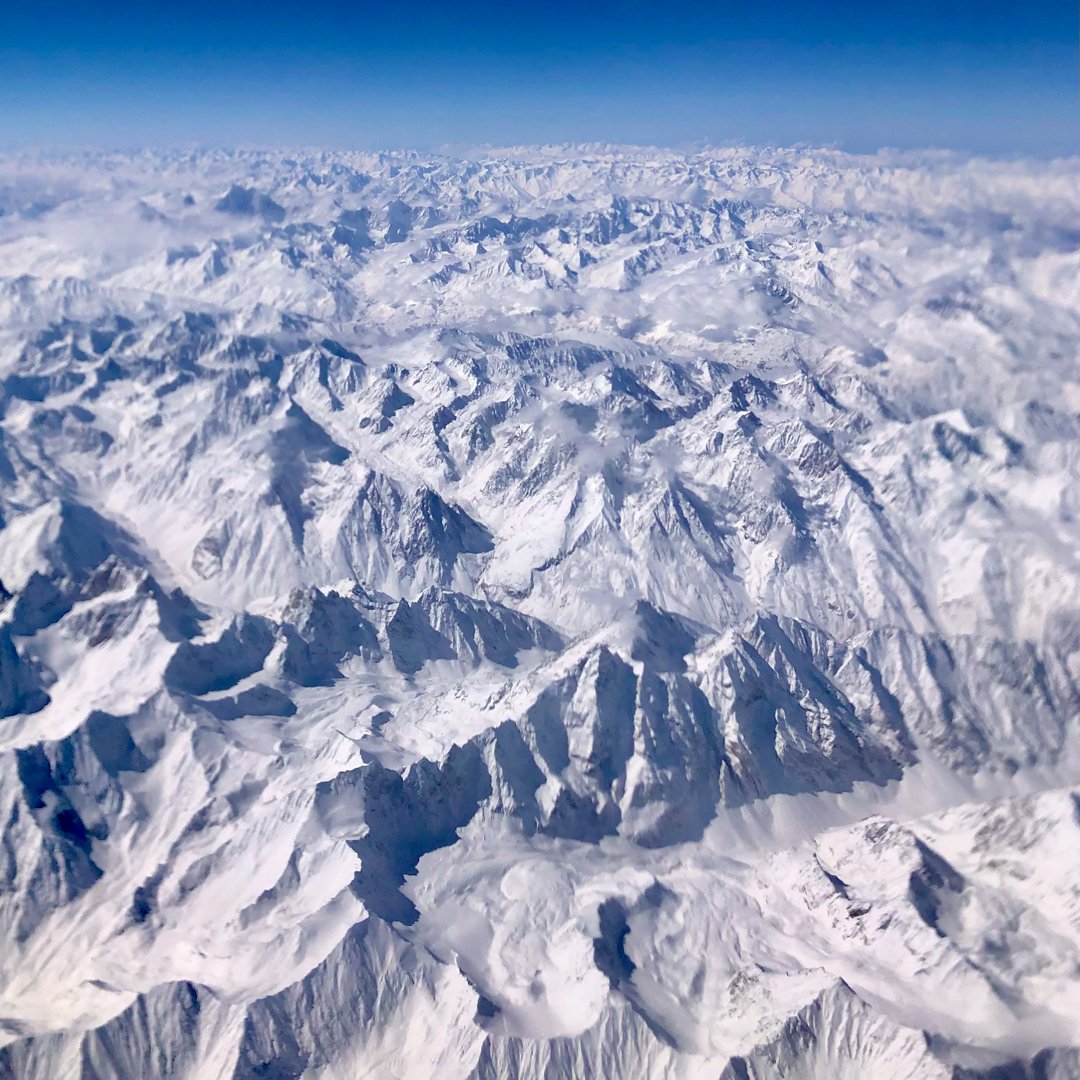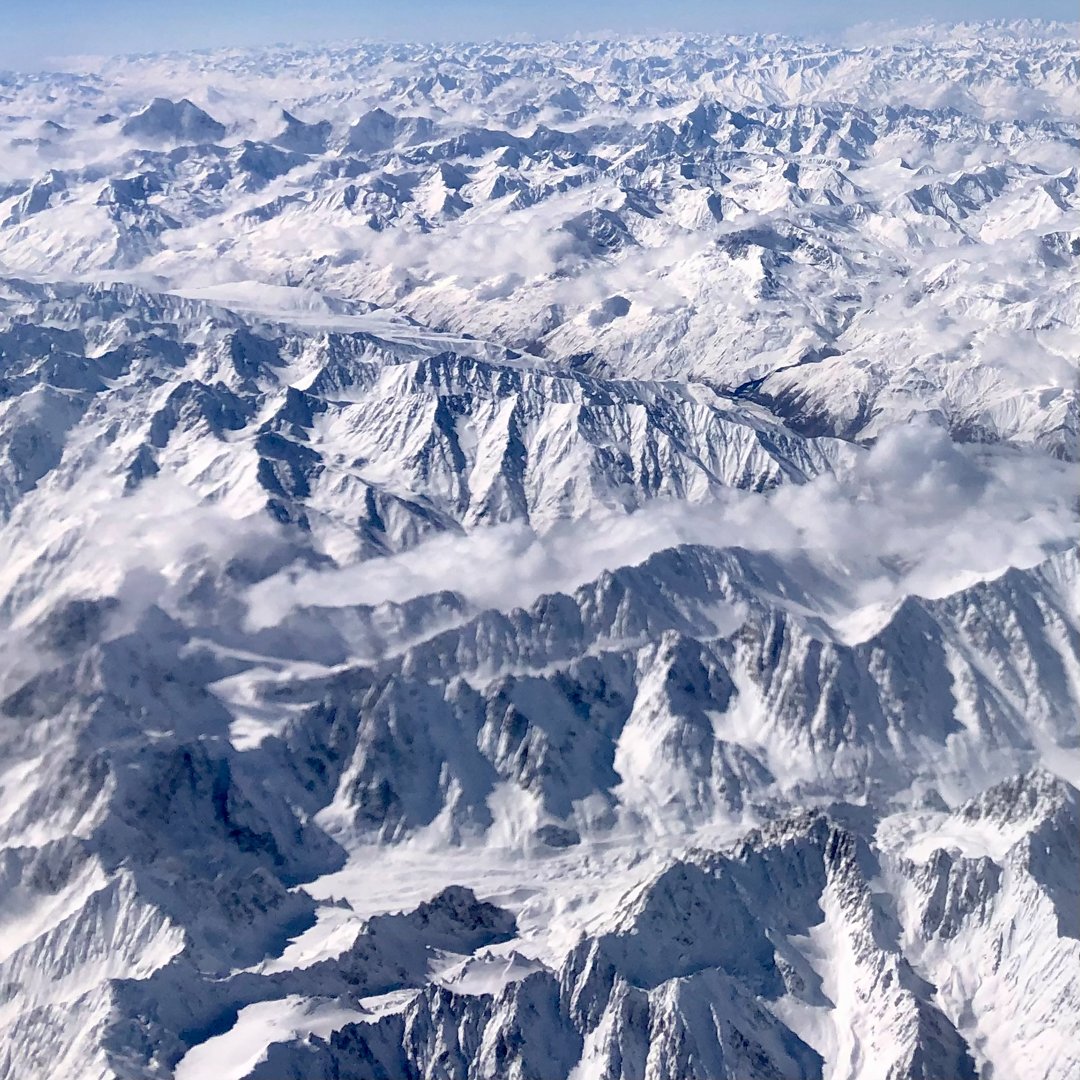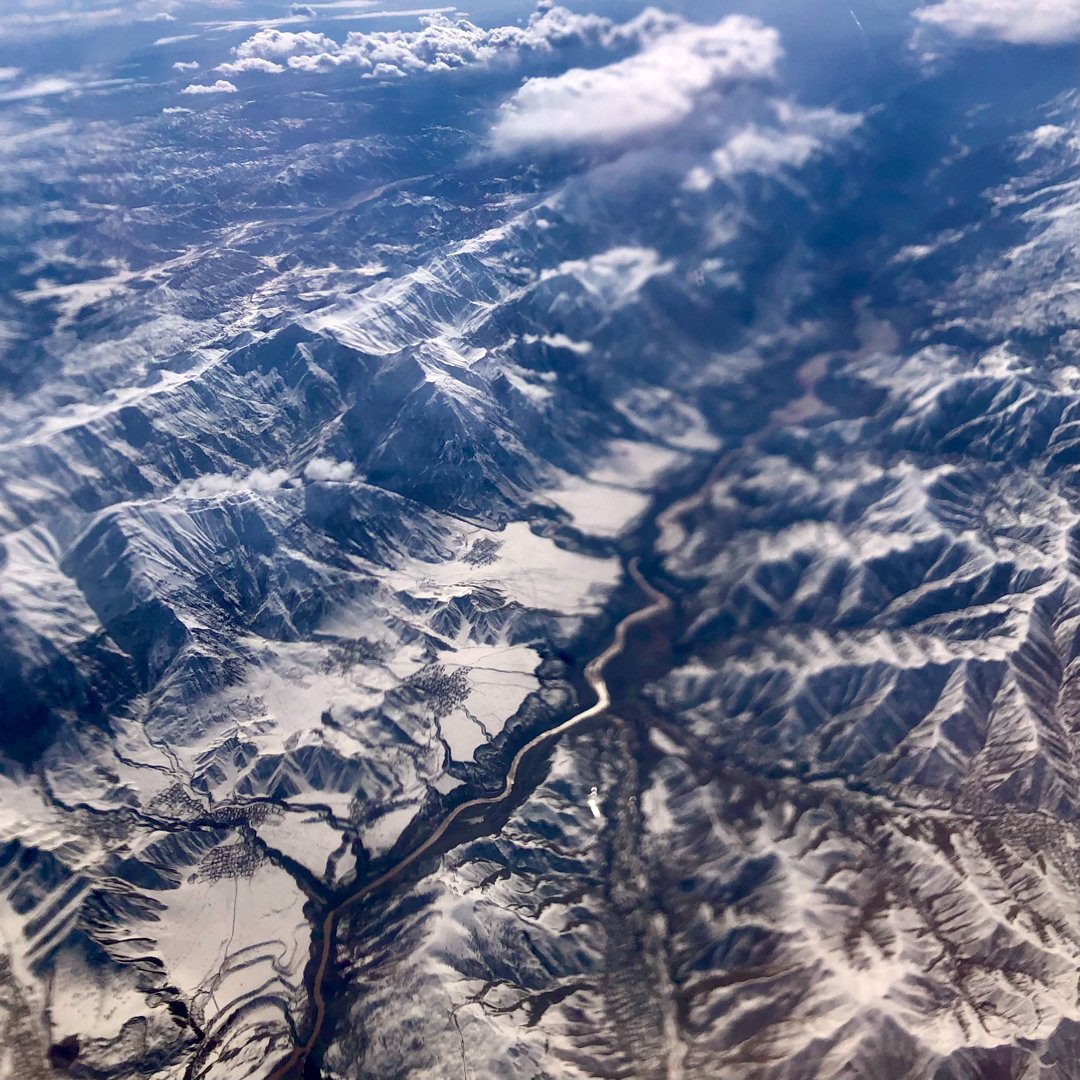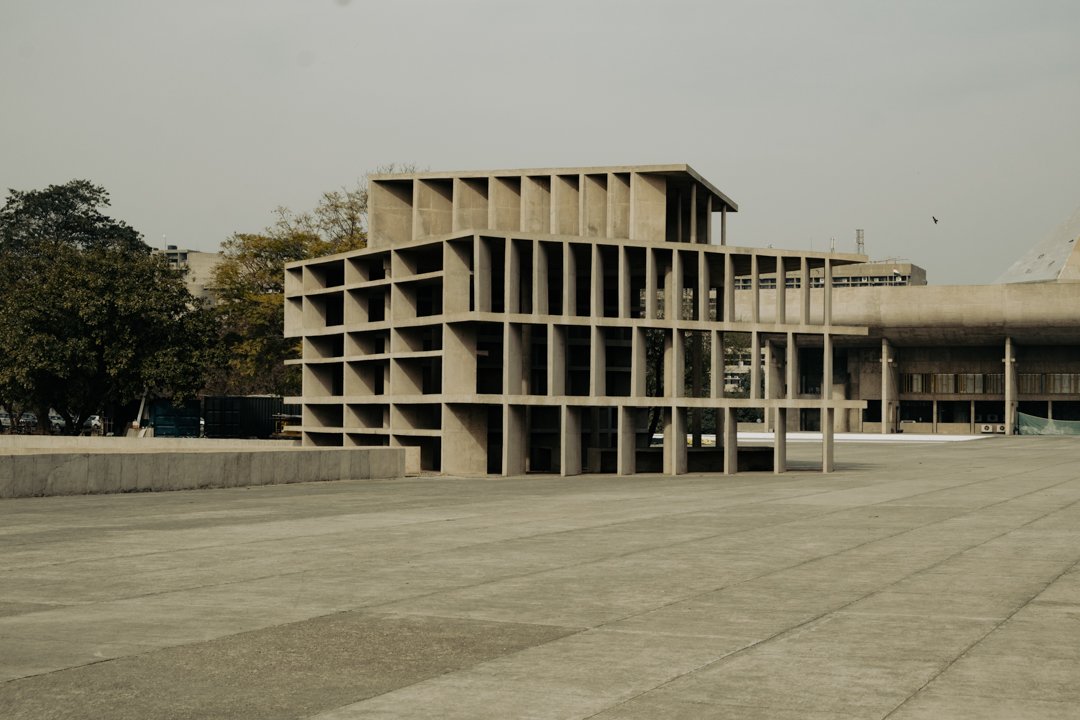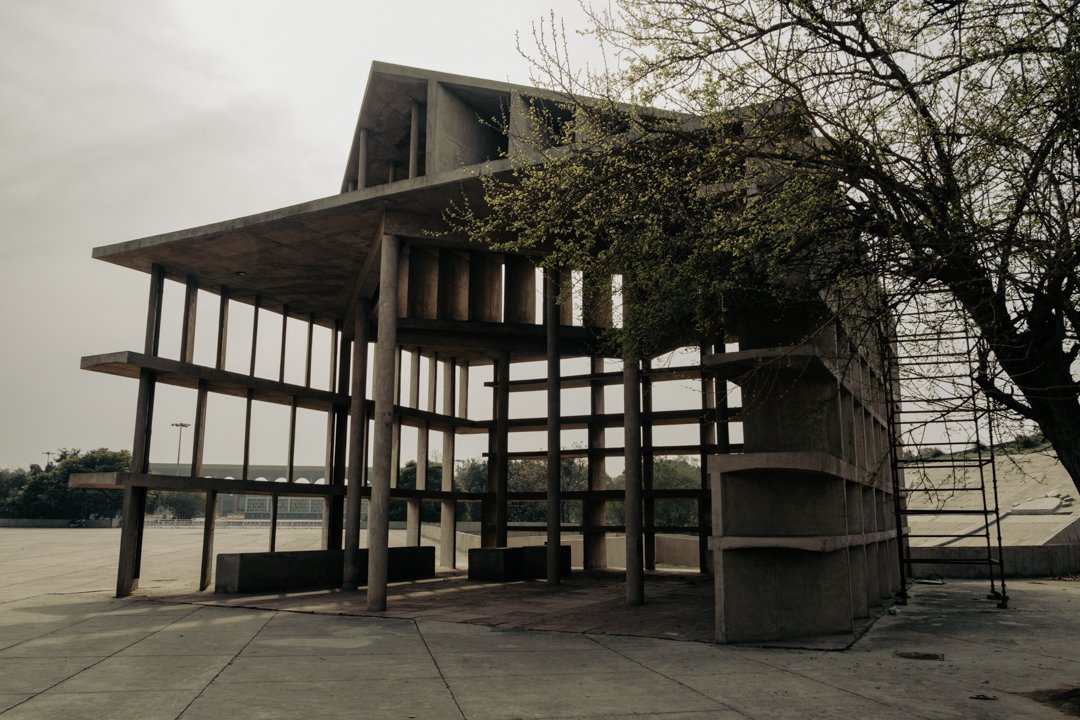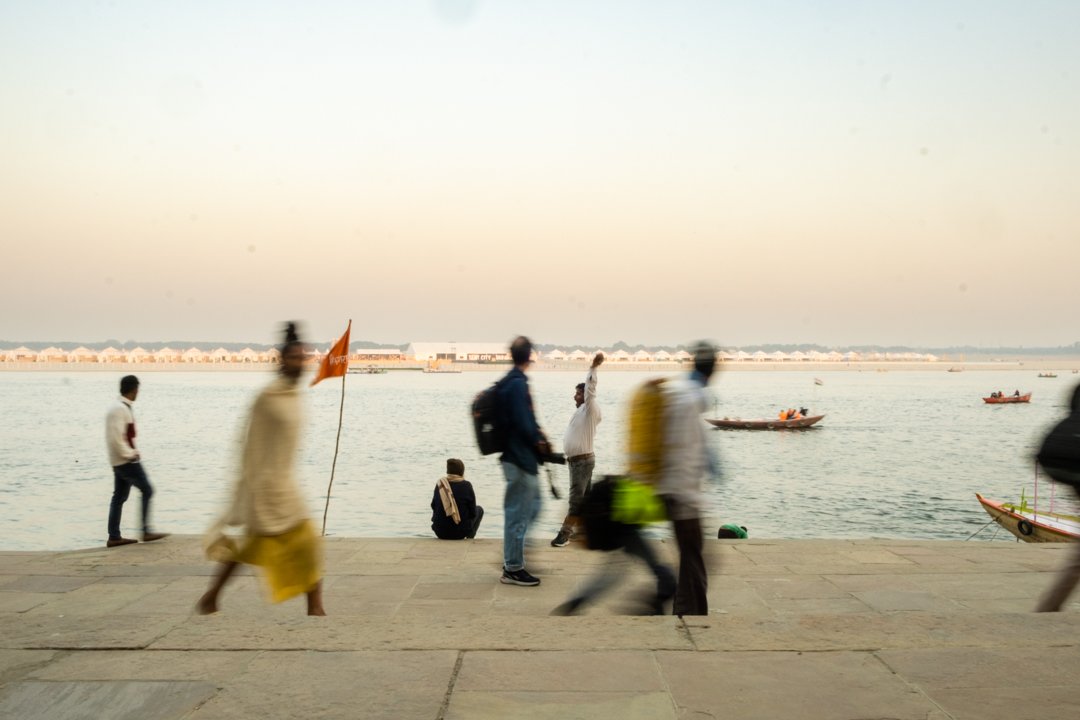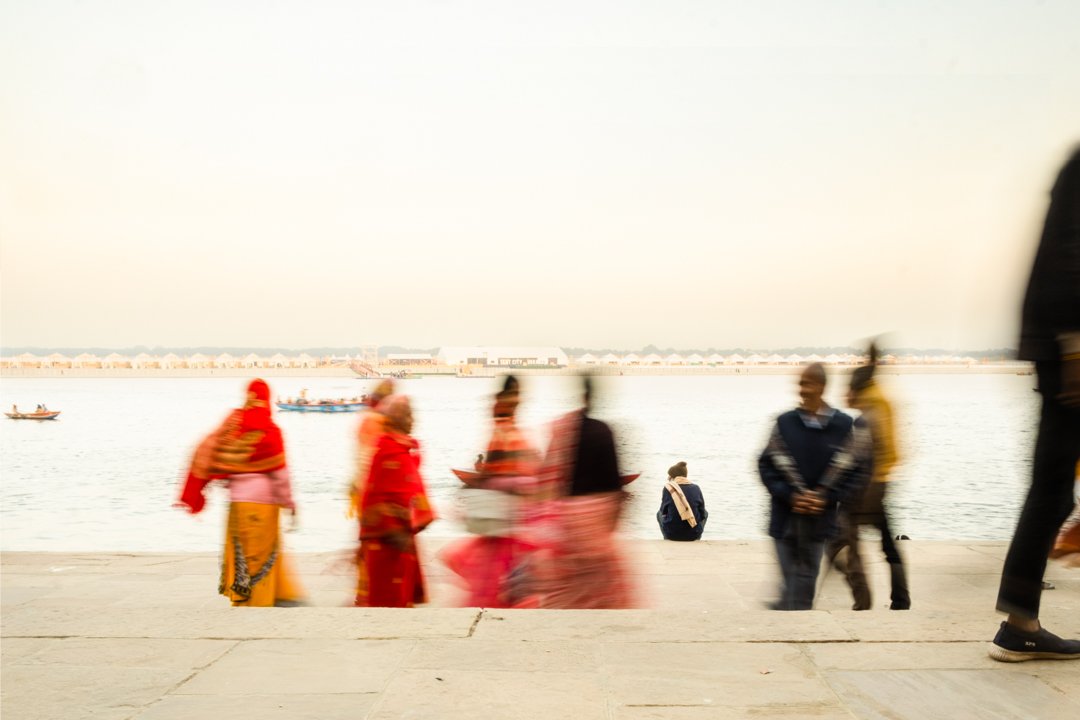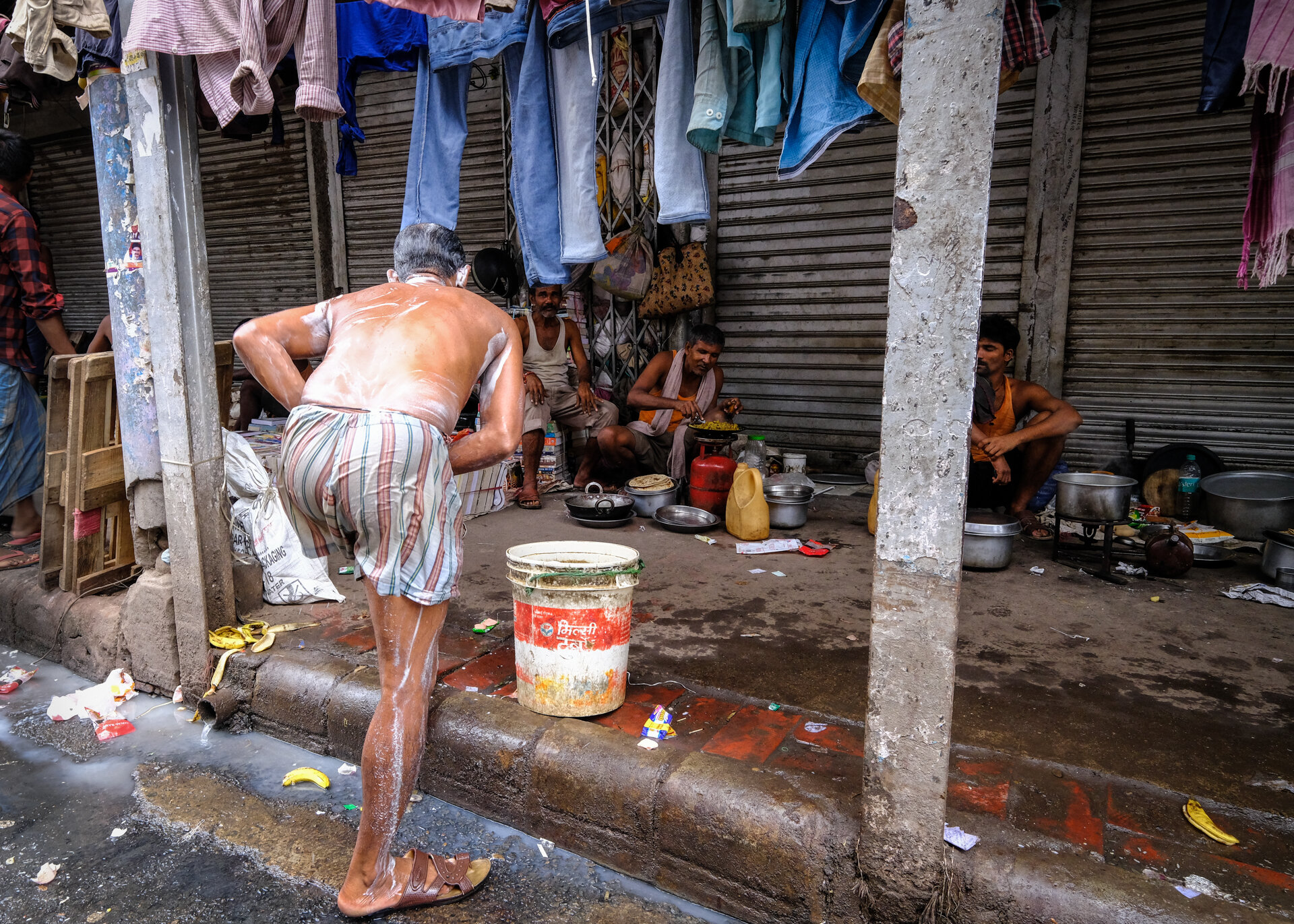Our final day of our travels took us back to Delhi. We had unfinished business - the Lodi Colony district. At the beginning of our trip it had been closed off so this was the perfect way to spend our last day. The temperature has hit mid 20s and the sun was shining.
Always good to have a map to find your way.
With the help of various groups, including the residents of Lodhi Colony, Asian Paints and St+Art India the town mural concept was inspired by the sights, sounds and smells of the Lodhi Colony, a residential area which has now become an open art gallery for all, with its enormous murals painted by both Indian and international artists.
The otherwise dull, plain walls of buildings in the colony have been beautifully transformed into a creative ensemble as part of the annual Lodhi Street Art Festival.
Each triple-storey government-owned building features a central arched doorway and four windows where the archway offers a glimpse inside to a courtyard.
In some buildings, the archways frame the trees spilling out into the street.
I loved the way both the new and old trees of Lodhi dynamically became part of each art piece.
Lodhi Art District is home to over 54 murals that take on various themes, from social issues to environmental issues, marginalised and vulnerable communities like LGBTQ to Indian Culture and values. Many of them have been inspired by the residents and visitors of the Lodhi Colony.
Here art isn’t limited to a museum or art gallery or to the elite. It reflects an age of a generation of artists that hold the power to delivering their messages through street art.
Carnatic Cafe provided us with our final meal - the best Dosas and Sambar ever. The perfect ending as we savoured our last sights of New Delhi.
Well that’s it. Our bags are packed and it’s time to head back home to England.
Our final unexpected treat was from our plane window as we began to head home - crossing the mountain range over K2 to Kazakstan.
Its been an interesting trip to say the least, full of unexpected twists and turns and very different to our last visit to India.
Our next adventure begins in a couple of months… I hope you will join me.

